by Anna Reyner
Welcome back to Art & Creativity in Early Childhood! I’m excited to be blogging about art activities again, after a two year writing break. Thanks for joining me!
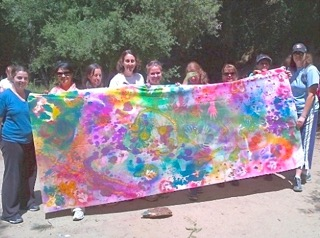
It’s summertime, and the living is easy….especially if you have cool outdoor art activities up your sleeve! Like filling spray bottles with Colorations® Liquid Watercolor™ and letting everyone have a go at it. Spray painting is quick, easy and a great group activity.
When was the last time you took spray paints outside, and invited open-ended play?
You know you want to make this summer memorable, right?
Maybe it’s time to grab your Liquid Watercolor, get your camera ready, and give it a try. After all, even the idea of a spray bottle full of color in your hand sounds exciting, or maybe even intimidating. But I know you can do it….because you have the lesson plan to print out. And the bonus is, while kids are having fun with this, the process is doing wonders for their brain development.

Art activities not only stimulate creativity, they also build brain capacity by providing many new problems to solve, all with colorful materials that are safe and abundant. Fluid materials like Liquid Watercolor are particularly good for early brain development because they are easily set in motion and provide a rapidly changing experience that requires the child to actively engage. If a child is passive with fluid materials, the art making stops. With fluid paints, the image making moves forward only when the child is moving it along. That’s the understanding educators have when they say ‘open-ended art’ is a process where children construct their own learning. The more children direct their own art activities, the more learning and brain development takes place. I think it’s pretty cool that something this much fun could be so good for you too!
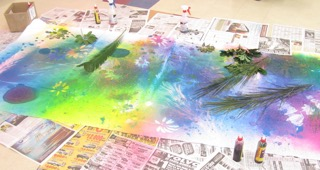

I love this snapshot of a 3-year-old boy, from Pressman Academy in Los Angeles, working on a color spray mural that other classmates participated in too. He’s clearly lost in the moment. Imagine his body and brain working together as he actively builds a new understanding of what is possible in his world.
Since this was a toddler class, I invited children out onto the playground two at a time. With older children, I invite four children to spray paint together at the same time, all facing the same direction so they don’t spray each other! But if they accidentally do…this paint is completely washable. Yay!

If you’re feeling adventurous, try doing a color spray mural at your staff in-service for back to school. There’s nothing like a group art experience to bring people closer together. I bet someone at your school would be happy to lead this creative activity (maybe even you!) and help start the new school year right. Here’s a lesson plan to help you out.
Happy Summer! Anna
Product Recommendations:
Colorations® Assorted Liquid Watercolor Paints
Colorations® Classic Colors Liquid Watercolor Paints, 8 oz. – Set of 13 (13LW)
Colorations® E-Z Pull Extra Large Clear Trigger Sprayers, 12 oz. – Set of 6 (TSBOT)

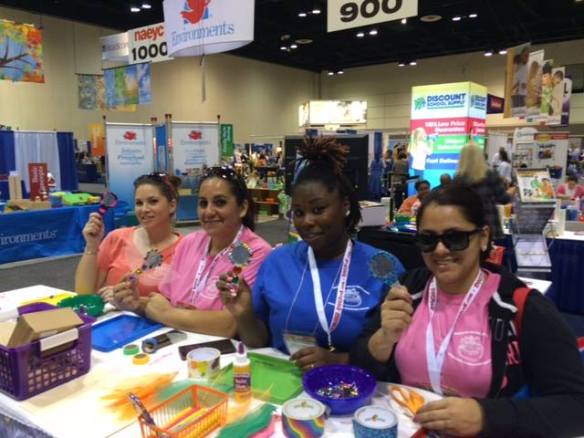



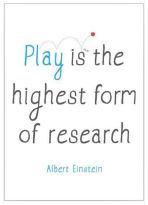



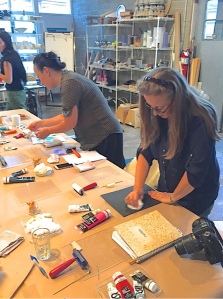
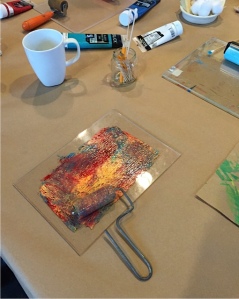

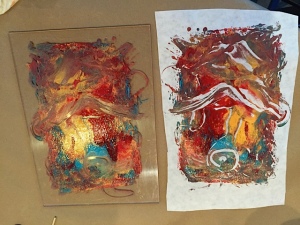



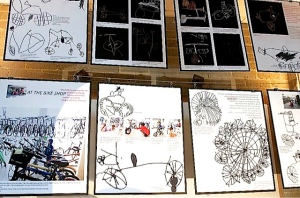




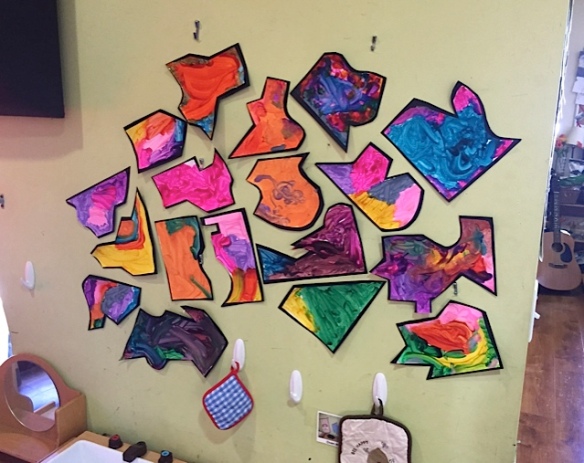
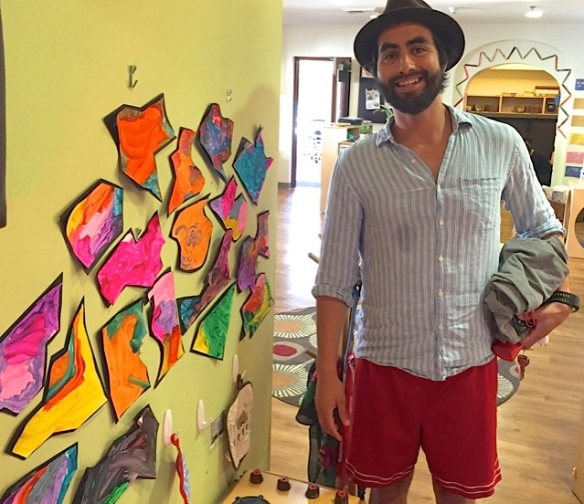

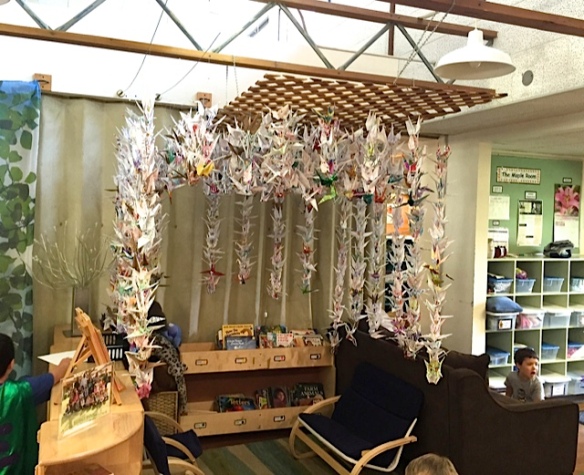
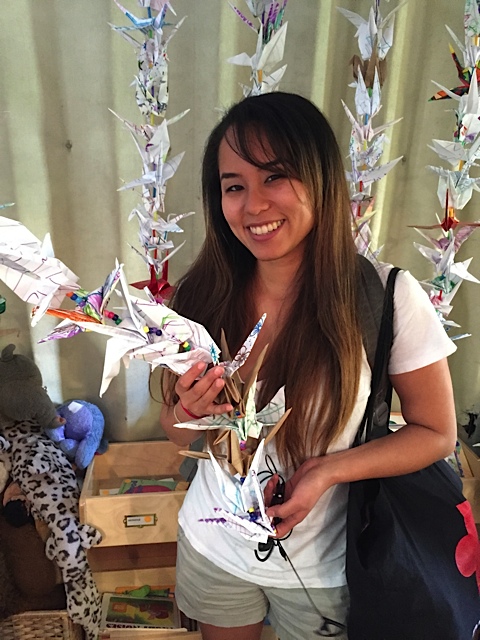
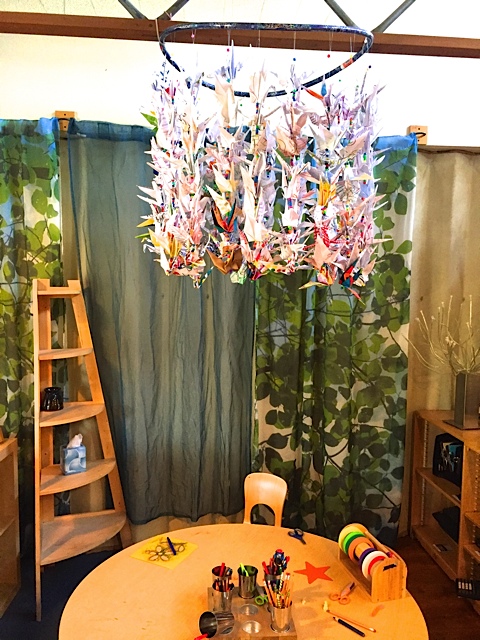

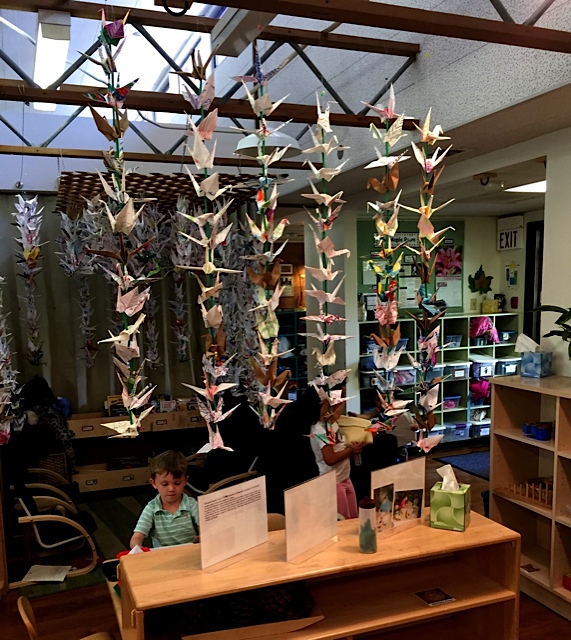

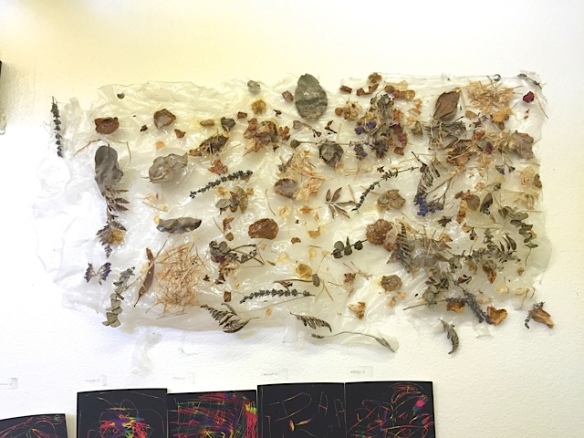

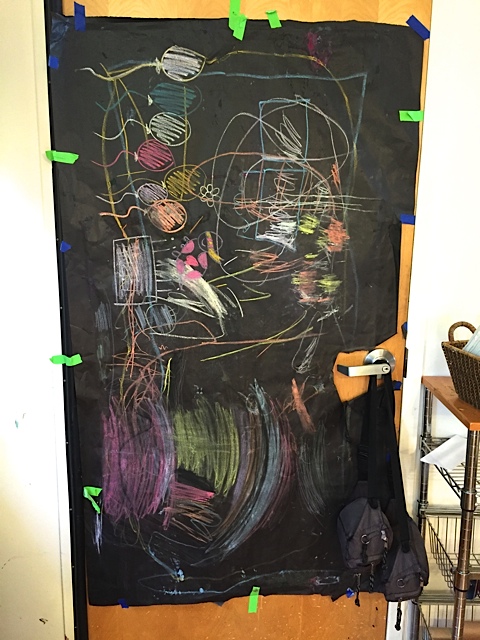











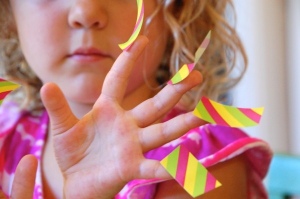
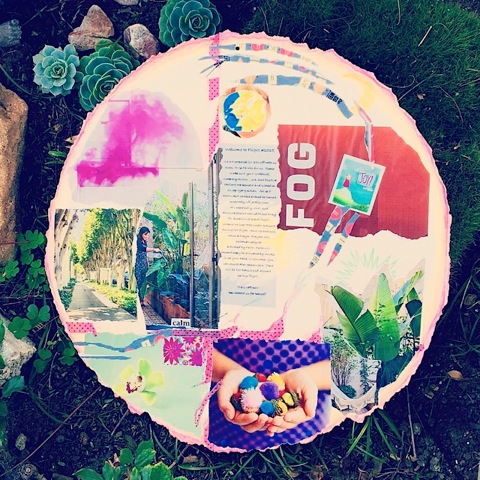

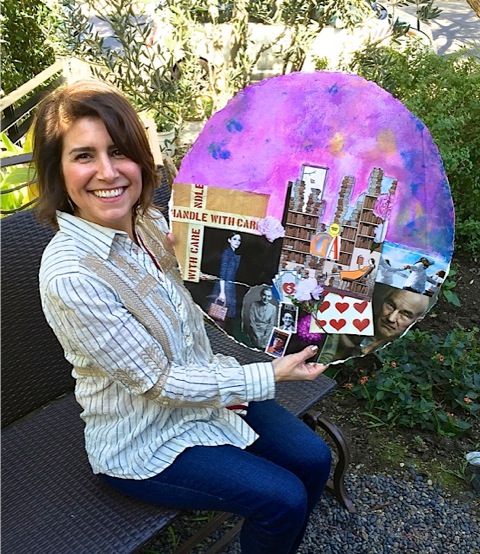








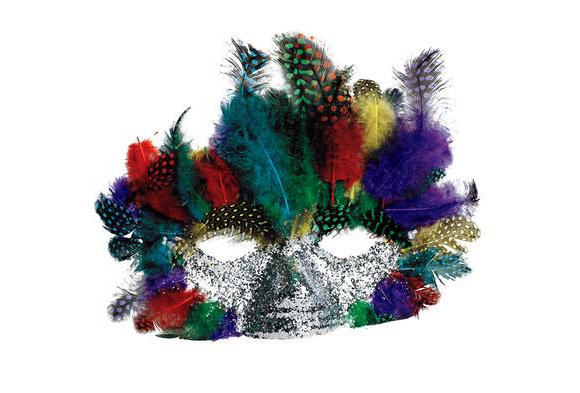




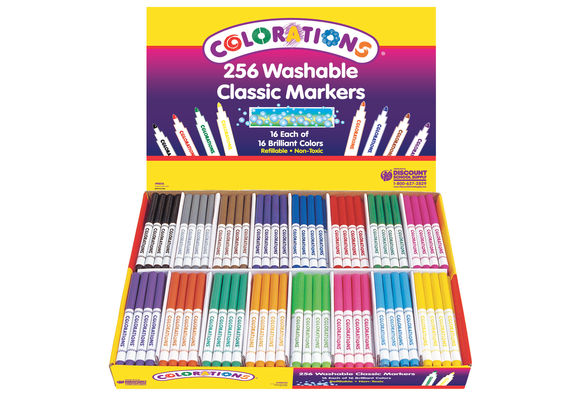
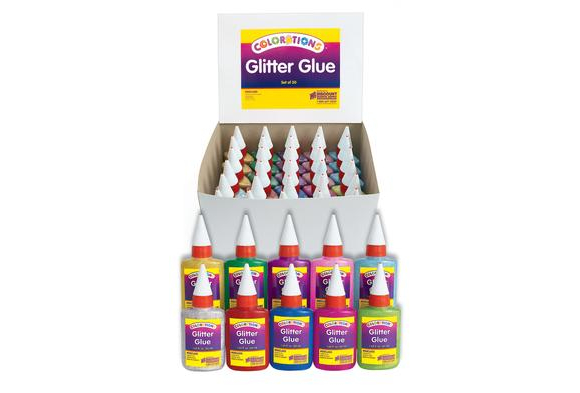
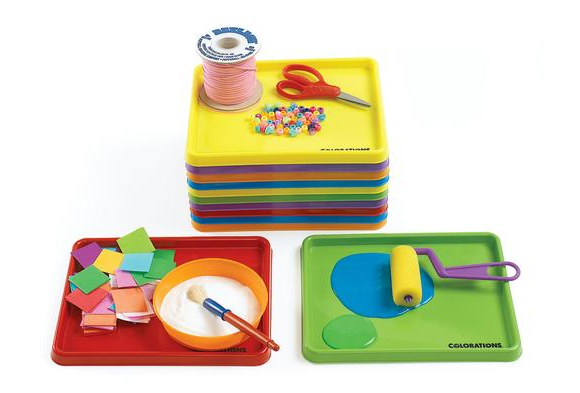
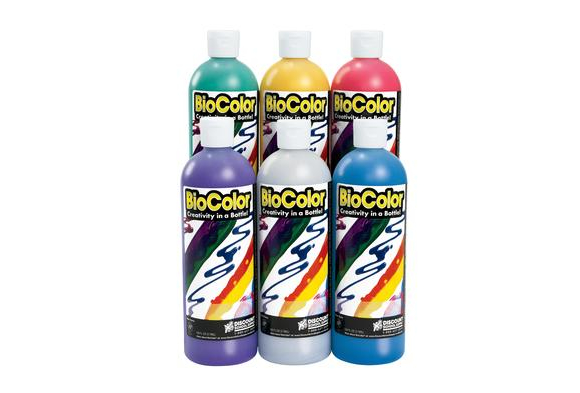


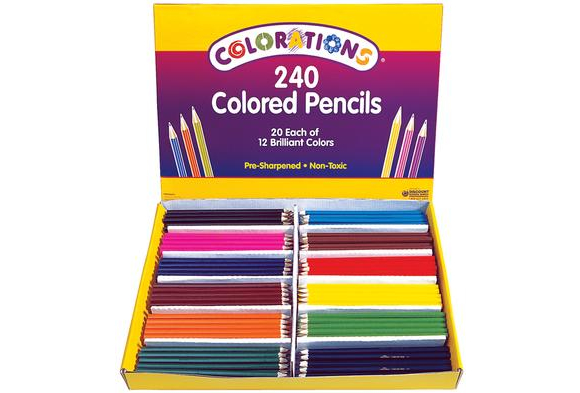






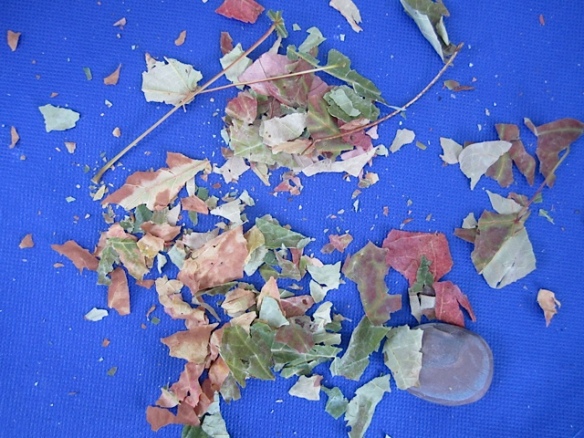
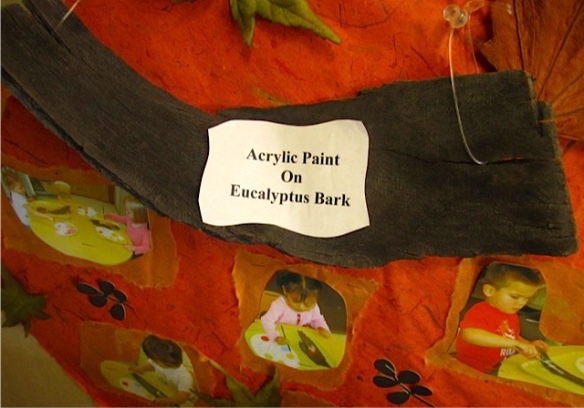
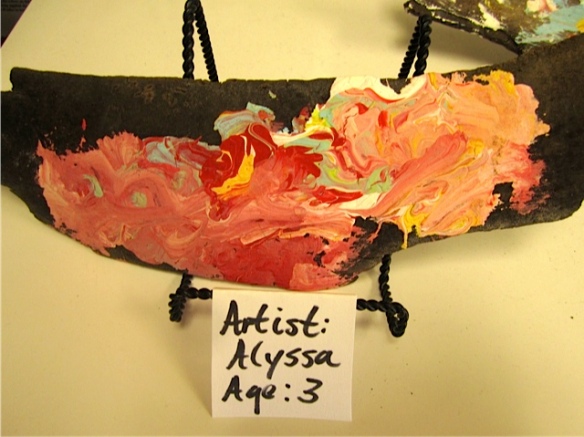


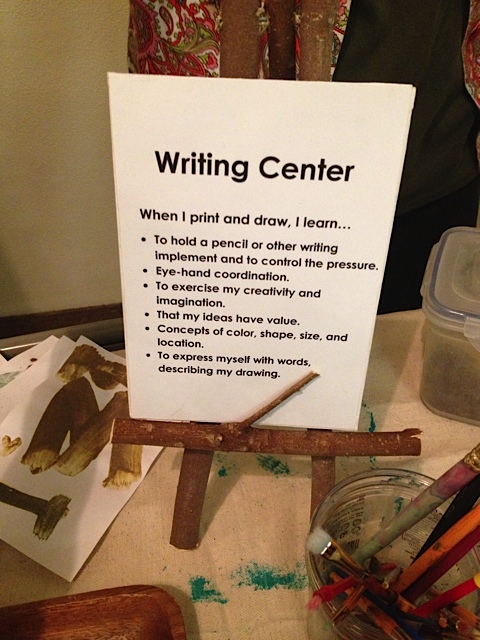
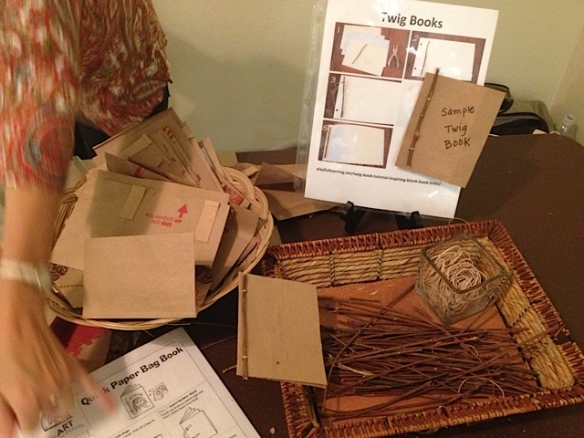


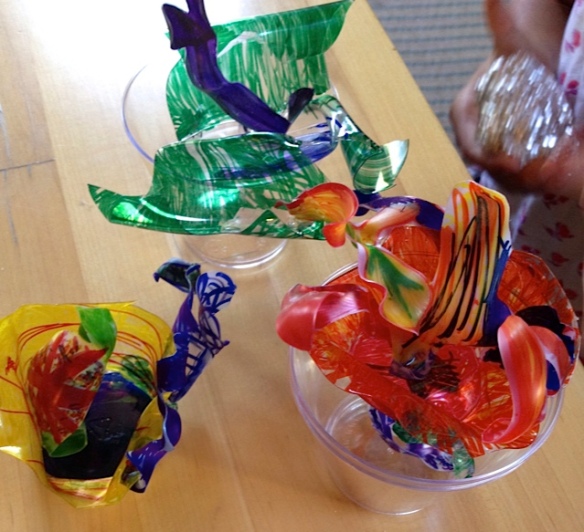

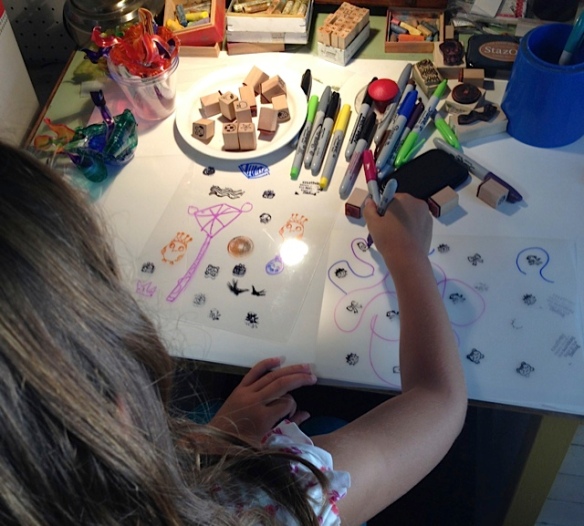
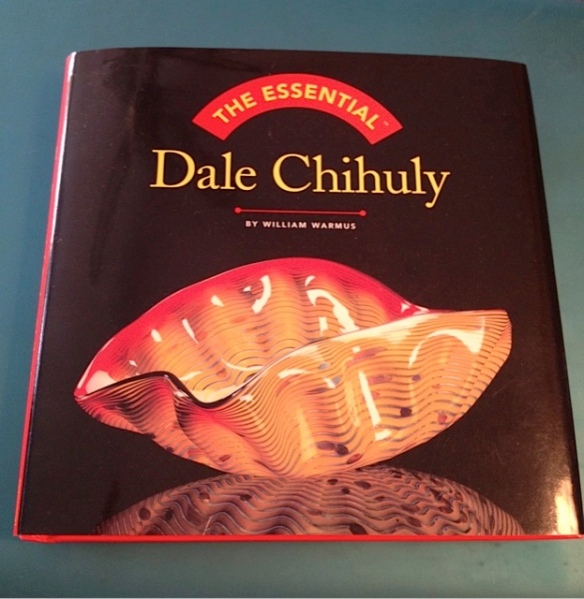



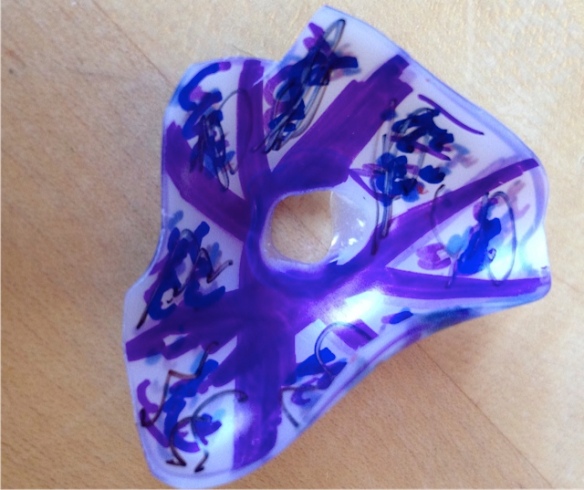


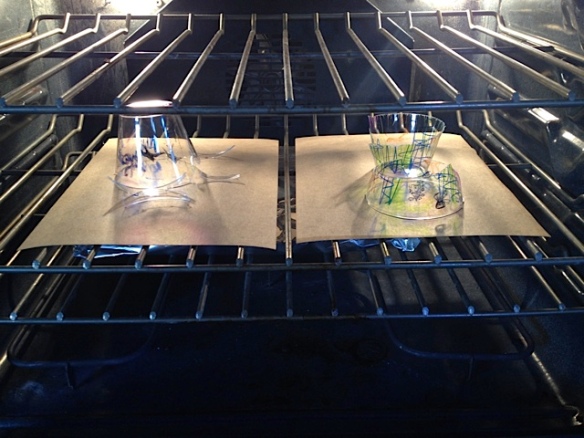
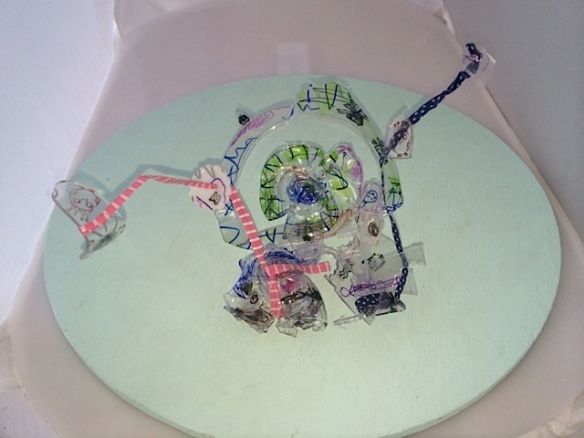 While the oven was warm, we also experimented with
While the oven was warm, we also experimented with 




